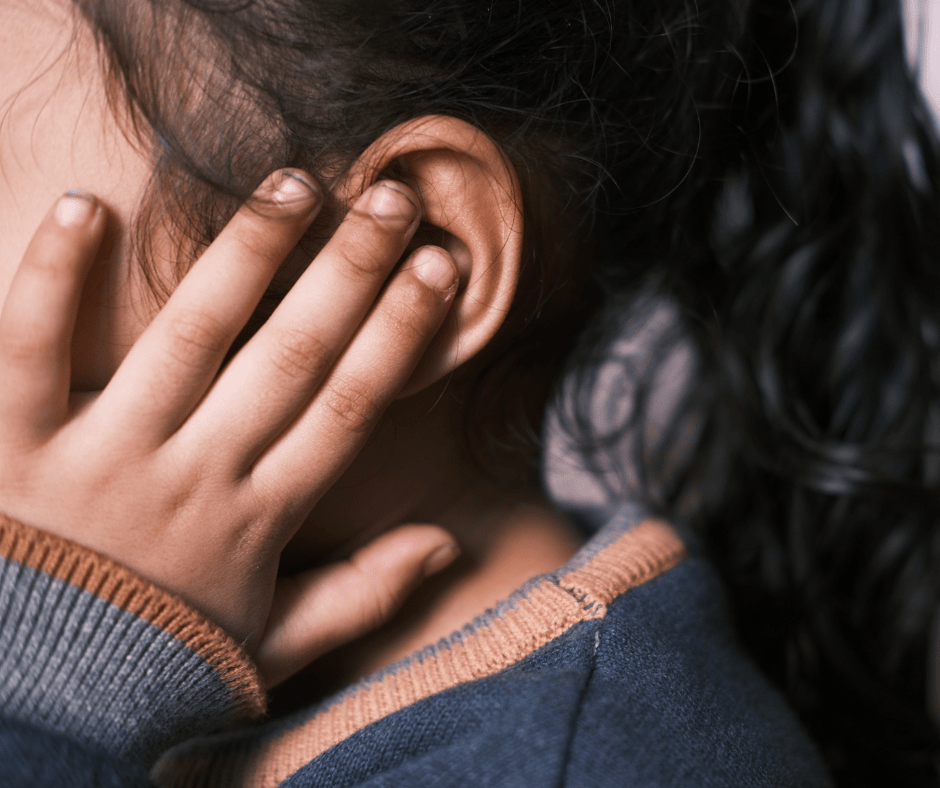Ear Fluttering: Understanding the Peculiar Sensation
Ear fluttering, an enigmatic phenomenon characterized by rapid muscle contractions near or within the ear, presents a confounding challenge for those encountering this perplexing sensation. This article aims to delve into the intricate facets of ear fluttering, shedding light on its anatomy, causative factors, diagnostic methodologies, and a spectrum of treatment options.
Deciphering Ear Fluttering
Defining the Sensation: Ear fluttering, at its essence, denotes an uncommon rhythmic sensation triggered by involuntary muscle contractions in or around the ear. Its unpredictable nature in intensity and duration prompts individuals to seek elucidation and respite from this intriguing occurrence.
Understanding the Anatomy
Intricacies of Ear Muscles: The ear, a complex sensory organ, houses an intricate network of muscles crucial for functions like sound reception and equilibrium maintenance. When these muscles undergo spasms or contractions beyond voluntary control, they manifest as the distinct sensation recognized as ear fluttering.
Unraveling the Underlying Causes
Diverse Origins: Ear fluttering manifests from a myriad of factors, ranging from muscle spasms induced by fatigue, stress, or caffeine consumption to potential neurological contributions. Understanding both physiological and neurological origins becomes imperative in grasping the root cause of this sensation.
Understanding the Potential Causes of Ear Fluttering
Muscle Spasms:
One primary cause of fluttering lies in muscle spasms within the ear. These spasms can occur due to various reasons, including fatigue, excessive caffeine intake, stress, or even muscle fatigue from prolonged exposure to loud noises.
Neurological Factors:
Neurological conditions or irregularities can also contribute to ear fluttering. Issues with nerve signals or abnormal neuronal firing patterns might result in sudden, involuntary muscle contractions around the ear, causing the fluttering sensation.
Eustachian Tube Dysfunction:
Disruption or dysfunction in the Eustachian tube, responsible for regulating air pressure in the middle ear, can induce ear fluttering. Changes in pressure or blockages can lead to muscle spasms or twitching, manifesting as the fluttering sensation.
Middle Ear Myoclonus:
This condition involves spontaneous contractions of the muscles in the middle ear, triggering rhythmic movements and fluttering sensations. It can occur due to various reasons, including underlying infections, structural issues, or nerve abnormalities.
Otological Conditions:
Certain ear-related conditions, such as inner ear disorders or conditions affecting the auditory system’s muscles and nerves, can contribute to ear fluttering. These conditions may include Meniere’s disease, vestibular disorders, or even simple wax buildup.
Stress and Anxiety:
Heightened stress levels or anxiety can also influence muscle tension, potentially leading to ear muscle spasms or fluttering sensations.
Understanding the multifaceted nature of ear fluttering involves recognizing a spectrum of potential causes, ranging from physiological factors like muscle spasms to neurological irregularities or stress-related influences. Seeking professional evaluation becomes crucial in accurately identifying the root cause, paving the way for tailored treatment strategies to alleviate or manage this unique sensation.

Navigating the Diagnostic Journey
Seeking Professional Evaluation: The cornerstone of managing fluttering rests in seeking thorough medical assessment. A comprehensive evaluation, inclusive of physical examinations and specialized tests, aids in pinpointing the exact cause and distinguishing it from similar conditions for tailored treatment strategies.
Distinguishing Ear Fluttering
Setting it Apart: Differential diagnosis plays a pivotal role in distinguishing ear fluttering from akin conditions like tinnitus or Eustachian tube dysfunction. This differentiation forms the bedrock for formulating precise and effective management plans.
Exploring Multifaceted Treatment
Holistic Approaches: Managing ear fluttering often necessitates a multifaceted approach. While medications targeting muscle spasms offer relief, integrating therapeutic techniques like physical therapy and stress management proves instrumental in assuaging symptoms.
Embracing Lifestyle Modifications
Empowering Self-Care: Implementing dietary modifications and identifying triggers significantly contribute to mitigating the frequency and intensity of ear fluttering episodes, empowering individuals in their journey towards relief.
Exploring Alternative Therapies
Beyond Medications: Alternative therapies such as acupuncture and relaxation techniques like yoga emerge as promising non-pharmacological solutions, offering potential reprieve from ear fluttering sensations.
Considering Surgical Options
Reserved Consideration: In severe or refractory cases, surgical interventions might be considered, although weighing associated risks against potential benefits remains crucial in decision-making.
Fostering Long-Term Management
Empowerment Through Knowledge: Understanding anticipated outcomes and devising sustainable long-term management strategies empowers individuals in navigating their path towards relief and an enhanced quality of life.
Concluding Perspective
In concluding this exploration of ear fluttering, the paramount significance of seeking professional guidance for precise diagnosis and personalized treatment cannot be overstated. The enigmatic nature of this sensation underscores the need for a comprehensive approach towards effective management and eventual relief.





